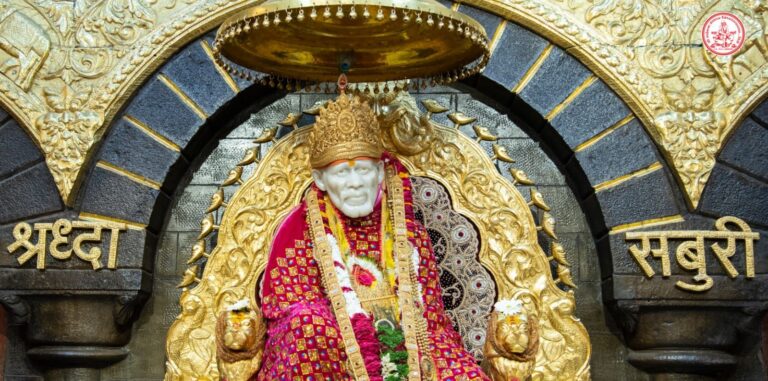The Ayodhya Ram Mandir, envisioned as a symbol of unity and faith, holds profound significance beyond its religious and cultural dimensions. It represents a unifying force that transcends communal divides, fostering a sense of harmony, inclusivity, and shared heritage among diverse communities.
1. Historical Unity:
The construction of the Ayodhya Ram Mandir is a culmination of a centuries-old aspiration cherished by millions of Hindus worldwide. It marks the realization of a longstanding dream rooted in the rich historical and cultural tapestry of India. The temple's significance resonates not only with devout Hindus but also with individuals from diverse backgrounds who recognize its historical and cultural importance.
2. Communal Harmony:
The Ayodhya Ram Mandir stands as a beacon of communal harmony, symbolizing the spirit of coexistence and mutual respect among different religious communities. The temple's construction, following a landmark legal verdict, exemplifies India's commitment to secularism and pluralism, where diverse religious beliefs coalesce in a spirit of harmony and tolerance.
3. Cultural Heritage:
As a testament to India's rich cultural heritage, the Ayodhya Ram Mandir embodies the architectural splendor and artistic legacy of ancient India. Its design draws inspiration from traditional Indian architecture, featuring intricate carvings, majestic spires, and ornate sculptures that reflect the country's artistic brilliance and architectural prowess. The temple serves as a living repository of India's cultural heritage, attracting admirers and enthusiasts from around the world.
4. National Integration:
The construction of the Ayodhya Ram Mandir serves as a catalyst for national integration, fostering a sense of unity and pride among Indians across the country. The temple's inauguration is celebrated as a momentous occasion that transcends regional and linguistic barriers, uniting people from different states and backgrounds in a shared sense of cultural identity and national pride.
5. Spiritual Sanctum:
Beyond its physical structure, the Ayodhya Ram Mandir serves as a spiritual sanctum where devotees find solace, inspiration, and spiritual nourishment. It is a sacred pilgrimage destination that beckons devotees from far and wide, irrespective of their religious affiliations, to seek blessings, offer prayers, and immerse themselves in the divine aura of Lord Rama. The temple's serene ambiance and spiritual vibrations create an atmosphere of tranquility and inner peace, inviting individuals to connect with their higher selves and experience spiritual upliftment.
In essence, the Ayodhya Ram Mandir transcends its identity as a mere religious edifice; it embodies the collective aspirations, cultural ethos, and spiritual heritage of India. As a symbol of unity and faith, it serves as a timeless reminder of the values of tolerance, harmony, and inclusivity that form the bedrock of India's pluralistic society. In the sacred precincts of Ayodhya, the temple stands as a testament to the enduring legacy of unity in diversity, inspiring generations to embrace the spirit of brotherhood, love, and mutual respect.





